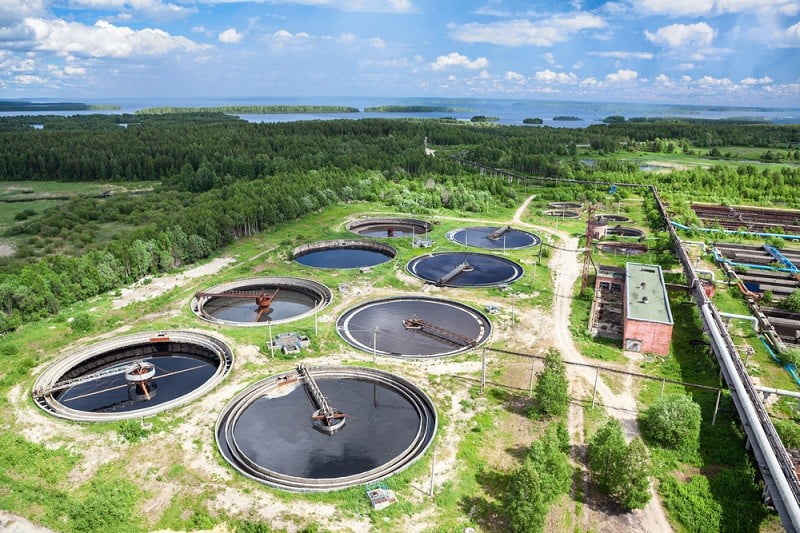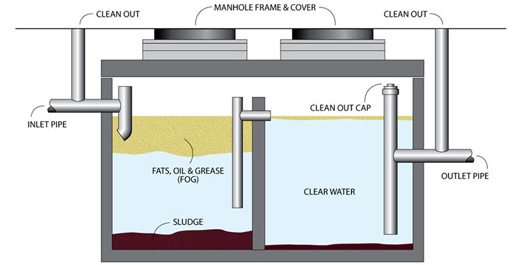Trustworthy Liquid Waste Disposal Melbourne: Safe and Effective Solutions
Trustworthy Liquid Waste Disposal Melbourne: Safe and Effective Solutions
Blog Article
Just How Liquid Waste Disposal Works: A Detailed Overview of Strategies and Technologies Employed

Overview of Fluid Waste Kind
The intricacy of fluid waste kinds demands a comprehensive understanding of their attributes and ramifications for disposal. Fluid waste can generally be classified right into a number of types, including commercial, community, farming, and unsafe waste. Each category exhibits distinctive residential or commercial properties, requiring specific management approaches to minimize ecological and health and wellness dangers.
Industrial liquid waste originates from making procedures and commonly consists of a variety of contaminants, such as heavy steels, solvents, and natural compounds. Community fluid waste, largely making up wastewater from homes and commercial facilities, consists of raw material, nutrients, and virus (industrial wastewater treatment). Agricultural fluid waste, including drainage from farms, may contain plant foods, pesticides, and pet waste, positioning threats to water top quality and ecological communities
Hazardous liquid waste is defined by its poisoning, reactivity, or prospective to trigger damage. Comprehending these diverse liquid waste types is vital for developing effective disposal techniques and guaranteeing compliance with environmental regulations.
Physical Therapy Techniques

Screening is the first action, where larger bits and debris are eliminated from the liquid waste making use of displays or grates. In sedimentation storage tanks, larger particles resolve at the base, developing a sludge layer, while the cleared up liquid can be more dealt with.
Purification is one more vital method that entails passing the fluid through permeable materials, such as sand or membranes, to record smaller fragments. This step improves the quality of the fluid, making it appropriate for succeeding therapy procedures.

Chemical Treatment Techniques
Chemical treatment strategies are essential for successfully managing liquid waste, particularly in resolving dissolved and colloidal impurities that physical techniques might not sufficiently get rid of. These methods make use of different chemical representatives to neutralize, speed up, or transform unsafe compounds right into less damaging kinds.
One typical approach is coagulation and flocculation, where chemicals such as alum or ferric chloride are included in promote the gathering of suspended bits. This procedure boosts sedimentation, enabling for less complicated removal of the resulting sludge. Furthermore, oxidation procedures, using agents like chlorine or ozone, are utilized to damage down intricate natural compounds and microorganisms, rendering the waste more secure for discharge or further treatment.
Neutralization is one more critical technique, which changes the pH of acidic look at this site or alkaline waste streams to neutral degrees, avoiding prospective injury to downstream systems and the setting. Furthermore, advanced oxidation processes (AOPs) make use of combinations of oxidants and ultraviolet light to deteriorate consistent contaminants, attaining a higher level of treatment effectiveness.
Organic Therapy Procedures
Biological therapy procedures play an essential role in the administration of liquid waste by using microbes to decay raw material and reduce contaminant degrees. These procedures can be generally classified into cardiovascular and anaerobic treatments, each using specific microbial areas to achieve effective waste destruction.
Cardio therapy includes using oxygen to assist in the malfunction of natural materials by microorganisms. This process is generally carried out in turned on sludge systems, where oygenation containers supply a favorable atmosphere for microbial growth, leading to the oxidation of organic toxins. The resultant biomass can be divided from treated effluent through sedimentation.
On the i thought about this other hand, anaerobic therapy occurs in the lack of oxygen, relying upon different bacteria to damage down organic issue. This technique is specifically useful for high-strength waste, as it produces biogas, a renewable power source, while minimizing sludge production. Technologies such as anaerobic digesters are frequently utilized in industrial and community applications.
Both anaerobic and cardio biological therapies not only decrease the environmental impact of fluid waste but additionally help with source healing, making them necessary elements of sustainable waste administration strategies. Their efficiency, flexibility, and efficiency support their extensive execution across different sectors.
Emerging Technologies in Disposal
Ingenious approaches to liquid garbage disposal are swiftly evolving, driven by improvements in modern technology and a raising focus on sustainability. Among these emerging modern technologies, membrane layer bioreactors (MBRs) have gained traction for their ability to incorporate biological therapy with membrane filtering, resulting in top notch effluent that can be recycled in numerous applications. MBRs enable smaller impacts and extra reliable operations compared to traditional systems.
An additional promising advancement is using anaerobic food digestion combined with nutrient healing innovations, which not just treats fluid waste yet additionally creates biogas and recoups valuable nutrients like nitrogen and phosphorus. This dual advantage enhances resource effectiveness and decreases environmental impact.
Furthermore, progressed oxidation procedures (AOPs) are being taken on for the destruction of intricate natural contaminants. These techniques use powerful oxidants and catalysts to break down impurities at the molecular degree, investigate this site using an extremely efficient option for difficult waste streams.
Furthermore, the integration of expert system and artificial intelligence in waste monitoring systems is maximizing operational efficiency and anticipating upkeep, bring about lowered prices and enhanced ecological conformity. These technologies show a considerable shift in the direction of more sustainable and reliable fluid waste disposal techniques.
Final Thought
Finally, effective liquid waste disposal demands a detailed understanding of various strategies and innovations. The assimilation of physical, chemical, and biological treatment techniques ensures the reliable management of varied waste types. Moreover, the development of cutting-edge innovations boosts treatment efficiency and promotes sustainability in waste monitoring methods. By constantly progressing these approaches, it comes to be possible to attend to the growing difficulties connected with fluid waste, inevitably adding to environmental management and resource healing.
Fluid waste disposal is a vital element of ecological monitoring, requiring a detailed understanding of different strategies and modern technologies customized to various waste types. Liquid waste can extensively be classified into a number of kinds, consisting of commercial, municipal, agricultural, and harmful waste. Agricultural fluid waste, consisting of overflow from farms, might contain fertilizers, pesticides, and animal waste, posing risks to water top quality and environments.
Numerous physical therapy techniques play an important duty in handling liquid waste successfully - industrial wastewater treatment.In conclusion, efficient liquid waste disposal necessitates a comprehensive understanding of numerous methods and innovations
Report this page